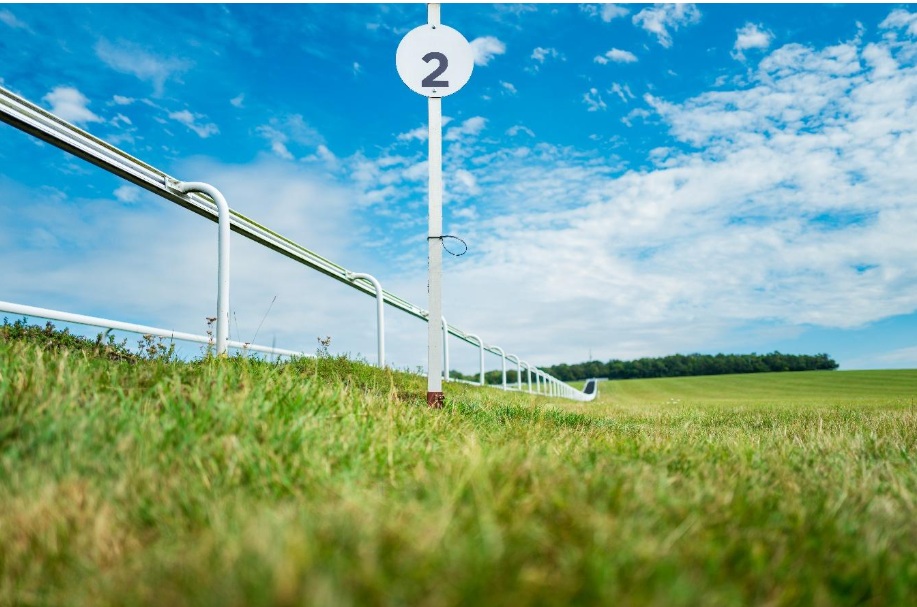Flat racing is one of the most exciting and accessible forms of the sport, but if you’re new to it, the terminology can be a bit overwhelming.
From furlongs to fillies, and from blinkers to bankers, there’s a lot to decode before you can fully enjoy the action—or confidently bet on horse racing on sites like LSB IE.
Here’s a beginner-friendly guide to some of the most commonly used terms in flat racing, explained clearly and simply.
Going
The “going” describes the condition of the track. Ranges include Firm, Good, Soft, and Heavy. Some horses run best on fast ground, while others prefer a softer surface—this is exactly why ground conditions matter when analysing a race.
Meetings
A race meeting is a day or series of days of racing at one course. Flat season highlights include Royal Ascot, Epsom Derby Festival and the St Leger at Doncaster.
Racecard
The racecard provides all the essential information about each race—runners, jockeys, trainers, previous form, weights, and more. Understanding it can help you make informed betting decisions.
Furlong
A furlong is 220 yards, or one-eighth of a mile. Most flat races in Britain and Ireland range from five furlongs (sprinters) to 12 furlongs (middle-distance) or even further.
Classics, Groups, Listed & Handicaps
- Classics: The five most prestigious races for three-year-olds, including the 2,000 Guineas and the Derby.
- Group races: Graded contests for elite-level horses (Group 1-3).
- Listed races: Sit just below Group 3 level in quality. They often feature horses stepping up in class or those not quite at Group standard.
- Handicaps: Races where horses carry different weights based on their official ratings, designed to give every runner a fair chance.
Form
Form refers to a horse’s past performance, usually shown as a series of numbers and letters. For example, 2143F means the horse finished 2nd, 1st, 4th, 3rd, then Fell. Reading form is a vital part of predicting how a horse might run today.
Juvenile
A juvenile is a two-year-old horse. These are the youngest racehorses in training and often run in their own age-restricted races, especially early in the season.
Novice
A novice is a horse that has won no more than two races. These contests give lightly raced or inexperienced runners a chance to compete against similar opposition.
Nursery
A nursery is a handicap race specifically for two-year-olds. These usually take place in the second half of the flat season and are based on official ratings.
Antepost
An antepost bet is placed in advance—sometimes weeks before a race takes place. It usually offers better odds but carries the risk of no refund if your horse doesn’t run.
Bridle
The bit and reins are attached to this. If a horse wins or travels comfortably “on the bridle,” it means the jockey didn’t have to use much effort—it’s a sign the horse has more to give.
Blinkers, Visor, Tongue Tie, Hood, Cheekpieces
These are types of headgear used to help horses concentrate or improve performance:
- Blinkers: Restrict vision to what’s directly ahead.
- Visor: Like blinkers but with small holes allowing some side vision.
- Hood: Helps muffle noise for nervous or anxious horses.
- Cheekpieces: Soft sheepskin straps to limit peripheral vision slightly.
- Tongue tie: Keeps the tongue in place, often improving breathing.
Banker / NAP
A banker is a horse considered almost certain to win. A NAP (short for “Napoleon,” a term from card games) is a tipster’s most confident selection of the day.
Colt, Gelding, Filly, Mare
Colt: A young, entire (not gelded) male horse under five.
Gelding: A castrated male horse, often calmer and easier to train.
Filly: A young female horse (typically under four).
Mare: An older female horse (four or five and up).
Connections
This refers to everyone associated with a horse—owner, trainer, jockey, and stable staff. When a commentator says, “connections will be pleased,” they mean the team behind the runner.
Draw
In flat racing, the draw is your horse’s stall number. Over short distances, the draw can significantly affect a horse’s chance, depending on the track’s layout and ground.
Dam & Sire
- Sire: The horse’s father.
- Dam: The horse’s mother.
Breeding, or pedigree, can indicate a horse’s likely distance preference, ground suitability, and ability.
Dead-Heat
A dead-heat is a tie between two or more horses when the judge cannot separate them at the finish—even after a photo. If you’ve bet on one of them, you’ll usually get half your winnings.
Maiden
A maiden is a horse that has never won a race. Maiden races are exclusively for these winless runners and are often the first step in a horse’s career.
Photo finish
A photo finish is called when horses cross the line almost simultaneously. A high-speed camera determines the winner. These are common in flat sprints, where margins are razor-thin.
Stewards’ inquiry
When there’s a Stewards’ inquiry, it means the racecourse officials are reviewing something unusual—like possible interference, incorrect weight, or jockey conduct. The result of a race can be overturned if rules were breached.


